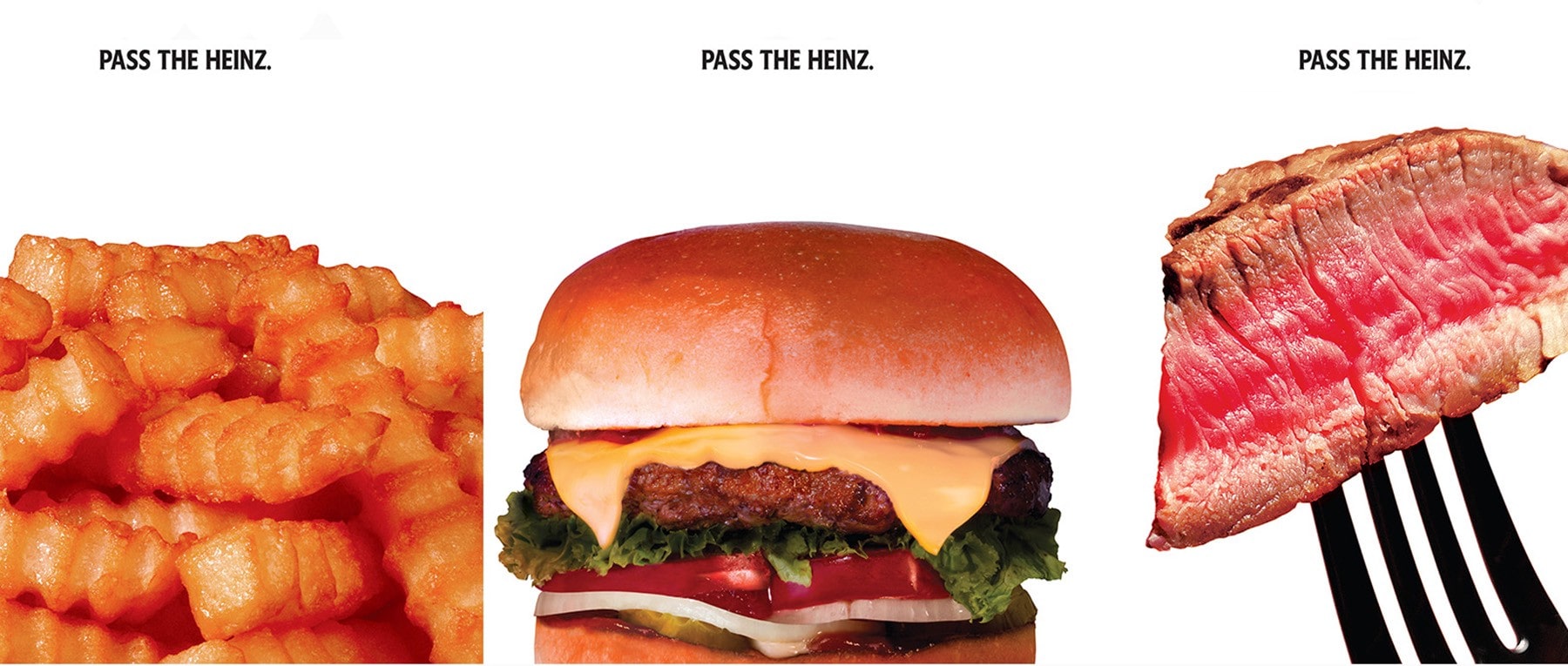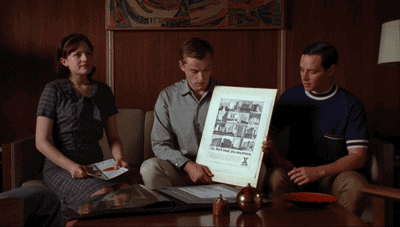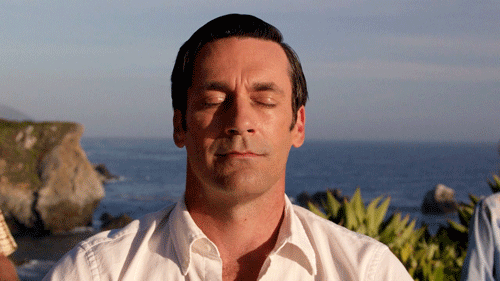Why Don Draper would fail as a modern marketer
By: Sara Kohan
October 6, 2021 | Reading Time: 4 mins
Marketing changes fast. We’ve talked about it before. New technology becomes available, new trends emerge, consumer habits evolve, and we have to keep up with all of it. While our technical savvy and agile approach position us to do just that, not everyone is as flexible. Take, for instance, TV’s infamous ad man, Don Draper. Sure, he crushed it in the ’60s, but times have changed. The golden age has evolved into the digital age and from what I witnessed through seven seasons of Mad Men, I’m not so sure he’d experience that same Don Draper success.
Why Don Draper would fail as a modern digital marketer
Feelings and anecdotal assumptions don’t cut it
When it comes to digital marketing, we can’t rely on gut feelings. While we may go to market with the idea we feel is best, our strategy is informed by the quantifiable success of past work. Then, as real-time data pours in, we update creative, copy, targeting, and other elements based on what’s working. With an agile approach, data informs almost everything we do—not our own biases and certainly not our ego. You can’t drunkenly stumble into a meeting, throw an award on the table, and fire off-the-cuff slogans until one lands. In today’s era of digital marketing, there’s more to consider than just emotional appeal.
Don’s inference of how kids and mothers would feel about his idea is intriguing, but he’s not a kid. He’s not a mom, either, and he has nothing to back up his claims. While his clients were glad to sign off on Peggy’s tagline, they’re not part of the target demographic either. Today, all these assumptions would need to hold up to the various ways we track success and validate our ideas. Stats aside, with social media giving consumers the power to respond to marketing, companies have to be purposeful in how they engage with their audience. Content is a two-way street that’s now being met with increasing consumer cynicism. The most important voices in the room aren’t the Don Drapers, Pete Campbells, or Peggy Olsons: it’s your customers who are out in the world.
There are more channels to cover
Even if you move forward with an idea that’s not based entirely on gut feeling, you’re not getting results nowadays with a single print ad in the newspaper. While traditional advertising still has its place, digital marketers today have a continuously growing number of channels to cover. Each social platform alone offers a dizzying number of ways to interact with customers throughout your sales funnel. Imagine how Don’s static “Pass the Heinz” pitch for ketchup would translate in our 24-hour multi-media internet void.

Using social media as an online billboard doesn’t cut it. We need more creative assets, more variations of copy, more keywords–more, more, more. We have to invite people into the conversation. We have to consider ketchup’s tone of voice on Twitter. We need #saltbae to charismatically squirt ketchup as a meme campaign. We need the top Mukbang YouTube Influencers to use Heinz as they eat 35 orders of extra-large fries. We have to constantly think about where our customers are and how our touchpoints connect to form a cohesive experience across all platforms and media.
Through Mad Men, we see how Don struggles to connect with his wife, his coworkers, his kids, poor people, hippies, and all other walks of life. I can’t imagine him making friends on Facebook.
We have to embrace technology
When Don’s ad agency installs their first computer in what used to be their creative lobby, he approaches it with a lot of skepticism:
Technician: The IBM can count more stars in one day than we can in a lifetime.
Don: But what man lay on his back counting the stars and thought about a number?
There’s an immediate rejection of the idea that a computer can be integrated into the creative process. To thrive in today’s landscape, Don would need to realize technology can champion creativity. More than that, you have to be receptive to new tools or else you’ll fall behind. While the adoption of innovative tech is a necessity in today’s marketing world, the early adoption of innovative tech can create a competitive edge. Recently, we’ve seen a spike in platforms pushing audio like Twitter Spaces and we’re witnessing the quickly growing world of NFTs. These should be seen as opportunities, not threats.

We have more accountability
We already talked about how Don and his assumption-based marketing would hold up in today’s data-driven world, but we haven’t touched on his behavioural fit in the modern workplace. With all his indoor chain-smoking, drunken brainstorming, and rampant sexual harassment of clients and coworkers, I can’t exactly see him coexisting with HR. Throw in the fact that he sleeps on the job and disappears for hours on end, could he really be trusted to work remotely?
What we can learn from Don…
Like all complex characters, Don Draper is not one-dimensionally bad. While he’d surely be an HR disaster and make for a toxic workplace, the unwavering confidence he has in himself and his ideas is admirable. If there’s a lesson he can teach, it’s how to walk into a room ready to stand behind your ideas. That’s a lesson that stands the Don of time. Cheers to that.









